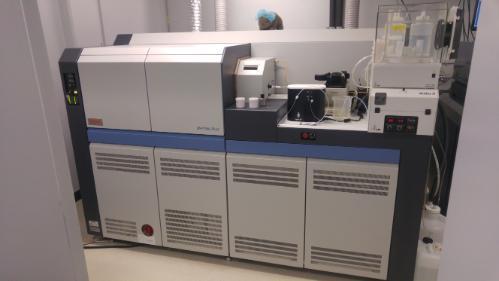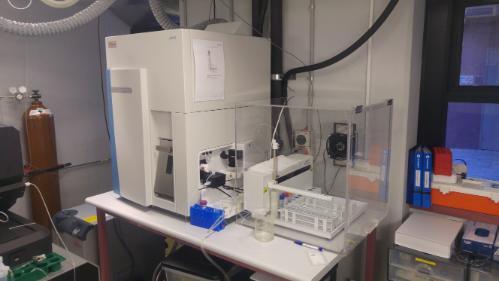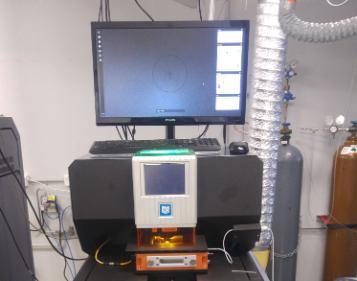In 2015, WIGL has inaugurated a new laser ablation ICP-MS laboratory. This was funded thanks to ARC LIEF grant LE140100023 “Innovative isotopic techniques to study the response of soil and water resources to modern and past climate change”, and support from the Faculty of SMAH and the School of Earth and Environmental Sciences.
This facility offers a wide range of geochemical analysis and applications:
Earth and environmental sciences
Geochemical characterisation of bulk samples or in-situ: concentration determination of any metal or metalloid (i.e. most chemical elements except noble gases, C, N, O and H).
- Isotopic fingerprinting:
- Waterbody mixing
- Sediment provenance
- Isotopic proxies for palaeo-envrionments
Geochronology:
- U-Th dating of carbonates
- U-Pb dating of zircons
Archaeology:
- Geochemical characterisation of archaeological samples: bulk or in-situ determination of elemental concentrations
- U-Th dating of carbonates
Biomedical research:
- In-situ chemical characterisation of biological samples: determination of chemical element distribution at the micrometre scale
- Isotopic tools to study the role of metals in neurodegenerative diseases


